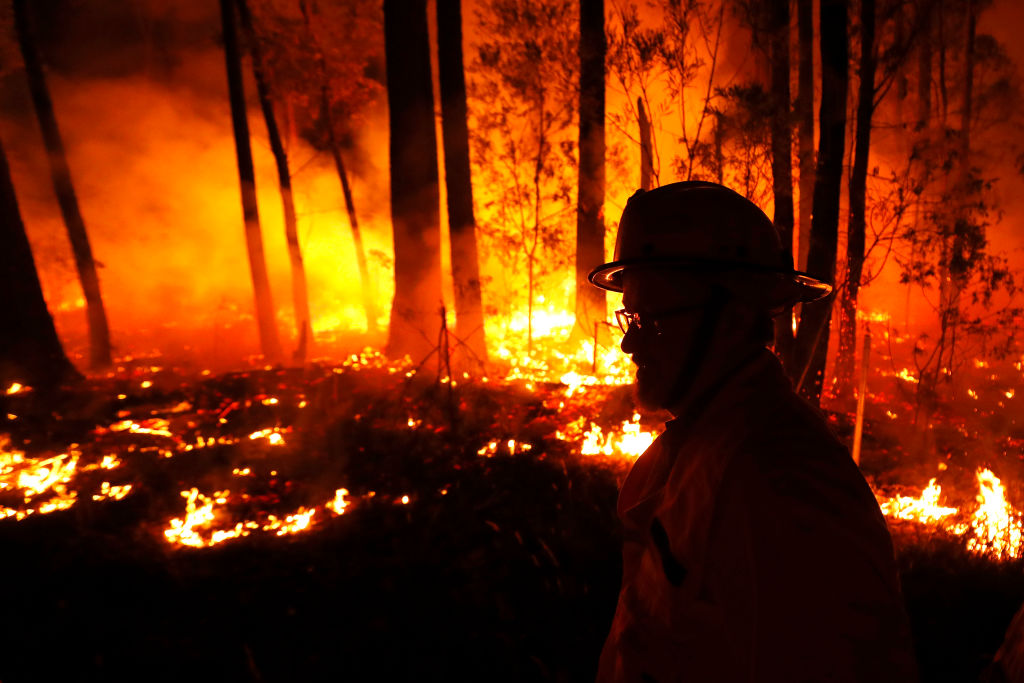Australian bushfires: Is this the new normal?

As bushfires rage across Australia, devastating communities, destroying homes and causing deaths, Neil Mitchell questions “is this the new normal?”
That’s what the 3AW Mornings host asked CEO of the Bushfire and Natural Hazards Cooperative Research Centre, Dr Richard Thornton.
“Unfortunately it seems to be for this year,” Dr Thornton said.
“We’re sitting about one degree above the long term average, in terms of the temperature.
“We are seeing fire seasons start earlier and finish later, there’s quite a bit of evidence around that.
“If you sum up all the fire dangers for each day, that’s getting higher over that period as well.
“Things are getting hotter, they’re starting earlier, finishing later, and during the fire season it’s a worse fire season than we’ve seen before.”
Dr Thornton said if the Victorian fires join up with those in NSW, forming a mega fire, the blaze will become more ferocious and unpredictable.
“When fires join we know that period when they’re coming together can exacerbate the fire behaviour that you see, so you get much bigger fire behaviour,” he said.
“Once the fires have joined, of course, now you’ve got a really huge task.”
The bushfire expert said only significant rainfall will put out the current blazes, and that isn’t forecast to happen any time soon.
“We’re stuck with these fires for quite a long time,” he said.
But better management can reduce the impact of fires in future years.
“There’s certainly a need to make sure we’re targeting fuel reduction in the right way,” Dr Thornton said.
“That may mean in some areas it needs to be higher and in other areas it may be kept the same, but fuel reduction is only one part of that whole equation.
“We’re starting to say, how do we build in these environments? Should we be building right up into the bush land?”
Press PLAY below for more.
Image: Darrian Traynor / Stringer















